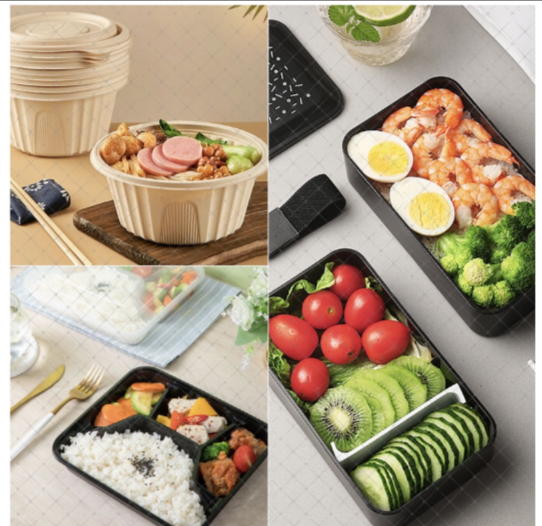biodegradable carry bags raw material
The Rise of Biodegradable Carry Bags Raw Materials and Their Impact on Sustainability
In recent years, the environmental impact of plastic pollution has ignited a significant conversation among consumers, businesses, and policymakers. One of the most effective responses to this crisis has been the shift towards biodegradable carry bags. These alternatives not only offer functionality akin to conventional plastic bags but also hold the promise of reducing the long-lasting footprint of plastic waste. The focus of this article is to explore the raw materials that compose biodegradable carry bags and their role in fostering a sustainable future.
Biodegradable carry bags are primarily made from renewable resources that break down more easily in natural environments compared to traditional plastics. The most common raw materials used in the production of these bags include starch-based materials, polylactic acid (PLA), and polyhydroxyalkanoates (PHA). Each of these materials has unique properties and benefits that cater to different applications and consumer preferences.
Starch-based Materials
Starch is one of the most prevalent biodegradable materials derived from crops such as corn, potatoes, and cassava. When thermoplastic starch is used, it has the ability to mimic the flexibility and utility of traditional plastics while being completely biodegradable. The process involves modifying native starch to enhance its properties for bag production, making it suitable for various applications—from grocery shopping to packaging. As it is derived from agricultural sources, the production process of starch-based biodegradable bags is often considered more sustainable, as it utilizes renewable resources and has a lower carbon footprint.
Polylactic Acid (PLA)
PLA is another significant raw material used in the production of biodegradable carry bags. It is derived from fermented plant sugars, typically sourced from corn or sugarcane. High-quality PLA bags are both functional and environmentally friendly, as they can degrade in industrial composting facilities within months. However, research indicates that PLA requires specific conditions to break down effectively, and if disposed of improperly, it can linger in landfills like traditional plastics. Hence, while PLA bags are a step in the right direction, it’s essential for consumers to be informed about proper disposal methods to maximize their environmental benefits.
biodegradable carry bags raw material

Polyhydroxyalkanoates (PHA)
PHA is a more advanced form of biodegradable plastic produced by microorganisms through the fermentation of sugars or lipids. PHAs showcase impressive biodegradability and can decompose in a variety of environments, including soil and marine ecosystems. Due to its flexibility and durability, PHA is gaining traction in the market. While the production costs are currently higher than conventional plastics, ongoing advancements in biotechnology show promise in reducing these expenses, making PHA a viable option for broader applications in the near future.
Environmental Impact and Consumer Behavior
The shift toward biodegradable carry bags has significant implications for the environment. When disposed of correctly, these bags mitigate the accumulation of plastic waste, which poses threats to wildlife, marine life, and overall ecosystem health. Moreover, the use of renewable materials can contribute to lower greenhouse gas emissions, fostering a circular economy.
However, consumer behavior plays a critical role in the success of biodegradable bags. Education and awareness are vital. Many consumers may be unaware that not all biodegradable materials behave the same way in different environments. Therefore, initiatives aimed at informing the public about the proper use, benefits, and disposal methods of biodegradable bags are essential to ensure these products fulfill their intended environmental purpose.
In conclusion, the transition to biodegradable carry bags represents a promising avenue towards mitigating plastic pollution. With raw materials such as starch-based materials, PLA, and PHA leading the charge, there is an opportunity to foster a more sustainable and environmentally friendly future. However, it is imperative that both producers and consumers engage actively in this transition, embracing education and awareness to harness the full potential of biodegradable alternatives. Together, we can work towards reducing our ecological footprint and preserving the planet for future generations.
-
The Best Uses for Small Trash Bags in Daily LifeNewsJul.01,2025
-
Stylish Reusable Grocery Bags TrendsNewsJul.01,2025
-
Shipping Advantages of Using Bubble Envelopes BulkNewsJul.01,2025
-
How Compostable Mailing Bags Reduce Environmental ImpactNewsJul.01,2025
-
Environmentally - Friendly Bulk Poly MailersNewsJul.01,2025
-
Eco Friendly Custom Laminated Tote BagsNewsJul.01,2025
-
Have the freedom of customizing your custom mailers any way you want! Our dedicated packaging support will help deliver you the mailing experience you need to elevate your shipping experience to the next level! Start making a strong impression on your customers and stand out from your competitors! -
LIYA uses high quality raw materials which directly purchased from large enterprises domestic and overseas such as PetroChina, Sinopec, Sabic, Equate, ExxonMobil, Dow Chemical, Total, and Borouge, ensuring the price advantage and quality of the raw materials. -
LIYA uses high quality raw materials which directly purchased from large enterprises domestic and overseas such as PetroChina, Sinopec, Sabic, Equate, ExxonMobil, Dow Chemical, Total, and Borouge, ensuring the price advantage and quality of the raw materials.





